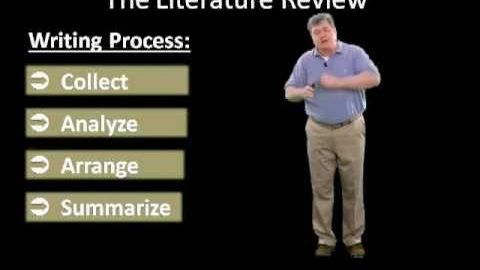撰寫文獻綜述(第二部分):研究所學生分步教程 (Writing the Literature Review (Part Two): Step-by-Step Tutorial for Graduate Students)
chang111444my 發佈於 2024 年 10 月 10 日  沒有此條件下的單字
沒有此條件下的單字US /ˈrɛləvənt/
・
UK /ˈreləvənt/
US /ˈprɑsˌɛs, ˈproˌsɛs/
・
UK /prə'ses/
- v.t.用電腦處理(資料);(依照規定程序)處理;處理;流程;加工;理解
- n. (c./u.)(規定的)程序;過程;進程;方法;法律程序;進程
- v.t./i.出現;估計;我認為〜;認為
- n.身影;(計算過的)數量;肖像;圖;形狀;人物;名人;人影;數字
US /ˈprɛznt/
・
UK /'preznt/
- adj.出席;在場的;目前的
- n.正在進行的;現在時態;目前的;禮物
- v.t.介紹;主持;介紹;展現;贈送
- v.i.出現
